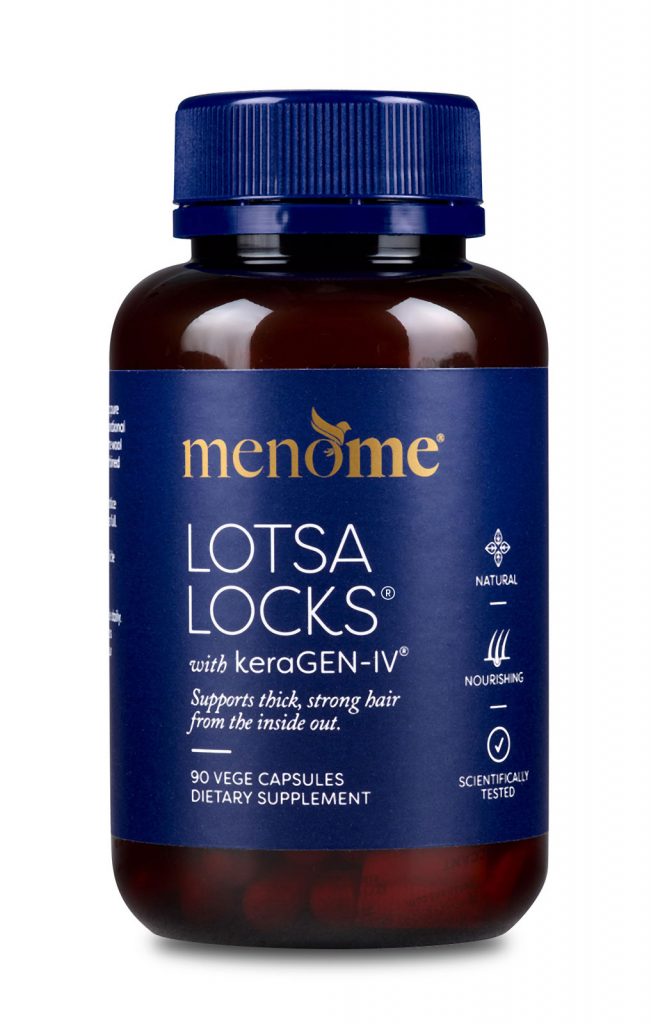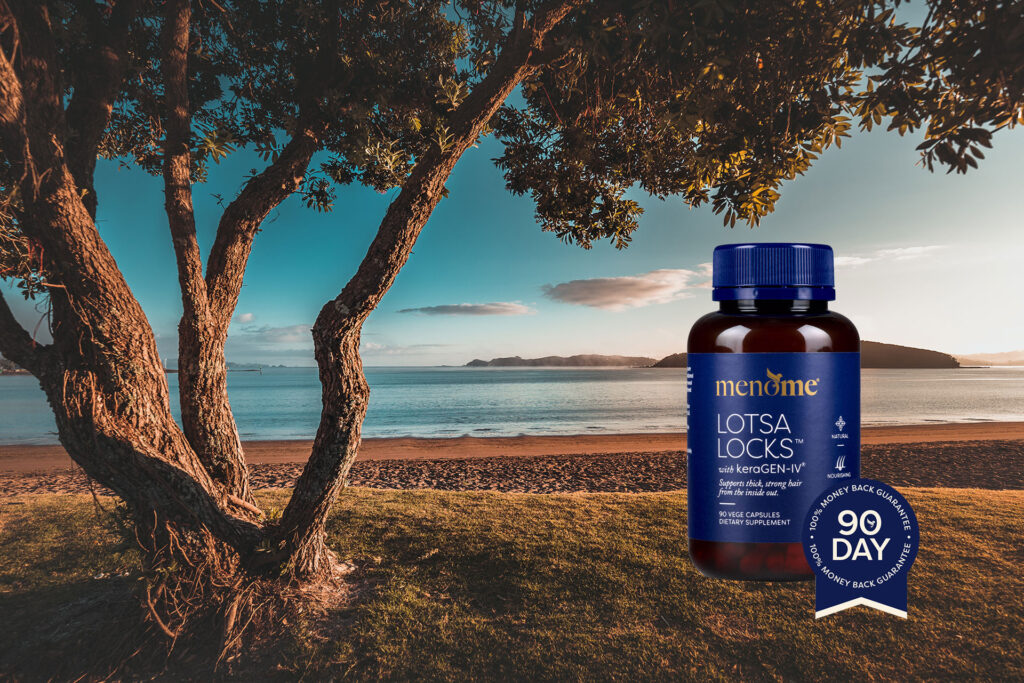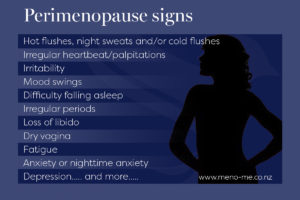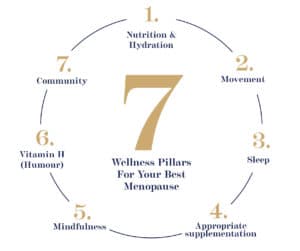How You Can Get Stronger, Denser, Thicker Hair At Menopause
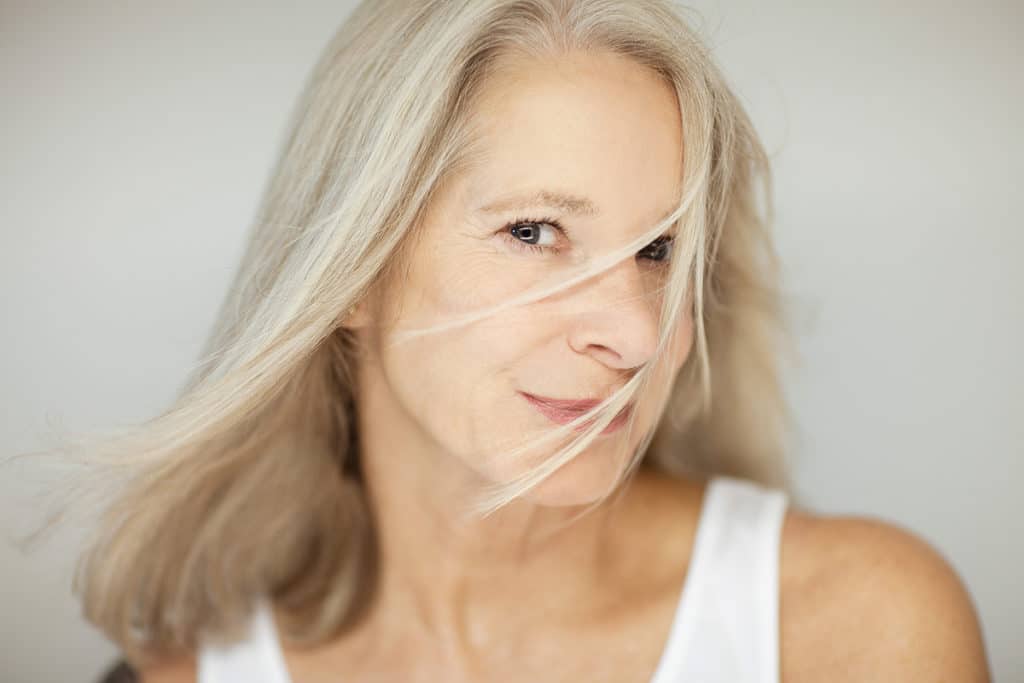
One of the common conditions of menopause is hair thinning, weakness and loss when the reality is most of us want thicker hair. Always.

As a result of these changes, approximately two-thirds of women experience changes in hair density in midlife. It often creeps up on us (a bit like perimenopause) and frequently begins at the part line. Or, we may notice we have a thinner ponytail or bun.
Almost every woman will eventually experience some sort of thinning or loss. In fact, hair loss/thinning affects around 1/3 of women by the age of 50.
And while it’s not uncommon to see men with receding hairlines or bald heads it’s less socially acceptable for females. And it often comes with a huge emotional impact.
The hair growth cycle
Hair grows in three stages:
Anagen
Known as the growth phase, this is the time when hair is actually growing in and from the follicle. The follicle is the pore-like component of the skin that nourishes and produces the hair.
Catagen
The catagen stage is also known as the resting phase. It’s a time when the hair cycle is halted and it’s preparing to shed.
Telogen
When anagen, the growth phase of two to eight years completes, the strand of hair sheds. Then the follicle takes a rest for about three months before sprouting a new hair.
Read more about the process here.
How does hair change at menopause?
The hormonal shifts of menopause can cause a shortening or lengthening of anagen, catagen or telogen. The hair follicle also changes and may become smaller in what is known as follicular miniaturisation. And thicker hair becomes a memory.
Indeed, estrogen and progesterone keep the hair in anagen phase longer encouraging growth and longevity. When their levels diminish during menopause, hair growth slows, and hair loss becomes more pronounced. At the same time, the body produces more androgens which cause the hair follicles to shrink and increase hair loss.
Knowing this – and having experienced it ourselves – we have created a natural, evidence-backed, solution that works to create denser, thicker hair!
LotsaLocks® for hair density
by MenoMe® with keraGEN-IV®
(PS I have to confess, I have a bit of brain fog right now and called Paul the wrong name! Can you relate? Red face. Lucky he has a fabulous sense of humour. ☺️)
About LotsaLocks®
LotsaLocks® by MenoMe® contains keraGEN-IV®, a keratin protein. Scientific studies have shown keraGEN-IV® helps ‘anchor’ our hair follicles so we don’t experience as much hair fall and our locks are denser. Hello, thicker hair!
In addition, keraGEN-IV® is rich in cysteine, which is essential for the production of glutathione, the master antioxidant that supports shiny, healthy-looking, thicker hair.
LotsaLocks® also contains Biotin, one of the B complex vitamins well known for supporting healthy hair.
Bonus? You only need one capsule a day so one bottle will last for three months.
At the time of writing, as I mentioned in the video with Paul above, I’ve been using LotsaLocks® for about four months. And I can genuinely vouch for it. In fact, I’ll shout it from the rooftops! My hair is back and yes, I do have thicker hair again. Hallelujah. 💃🏽💃🏽💃🏽
Oh, and I’ve also noticed my brush isn’t as full of hair. For a while there I was constantly having to de-hair my brush.
We hope you love it as much as we do!

